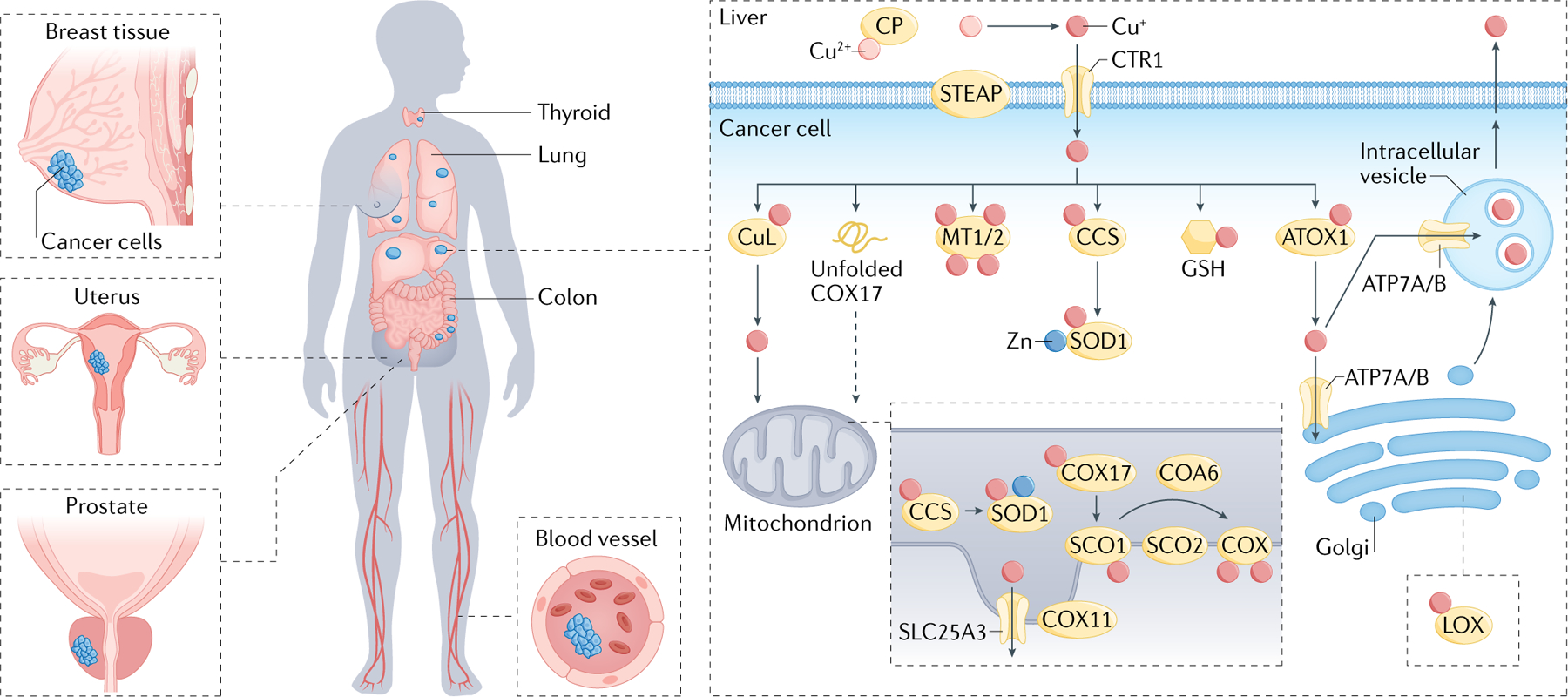Fig. 1 |. Overview of systemic and cellular copper homeostasis.

Human copper homeostasis involves a number of key molecular targets. Ceruloplasmin (CP) is the major protein carrier for exchangeable copper in blood plasma for circulation and delivery to organ and tissue systems. At the cellular level, the STEAP family of metalloreductases and copper ion channel copper transporter 1 (CTR1) enable high-affinity copper uptake, with a diverse array of cytoplasmic and mitochondrial metallochaperones (antioxidant protein 1 (ATOX1), copper chaperone for superoxide dismutase (CCS), synthesis of cytochrome oxidase 1 (SCO1), SCO2, copper chaperone for cytochrome c oxidase 11 (COX11), COX17, ATPase 7A (ATP7A) and ATP7B) working in concert to ensure targeted insertion of copper into metalloprotein. The ATP-driven transmembrane copper ion pumps ATP7A and ATP7B perform both copper export and metallochaperone functions. The thiol-rich proteins metallothionein 1 (MT1) and MT2 bind multiple copper ions and can serve as a copper storage reservoir. In addition, the abundant peptide and antioxidant glutathione (GSH) can also participate directly or indirectly in regulating cellular copper pools. Within the mitochondria, cytochrome c oxidase assembly factor 6 (COA6) and SCO2 help maintain the redox balance of SCO1 and in turn its copper binding and delivery to cytochrome c oxidase (COX). Together, these proteins maintain appropriate intracellular copper bioavailability and ensure metallation of copper-dependent enzymes, including COX, superoxide dismutase 1 (SOD1) and oxygenase/oxidase enzymes, including tyrosinase, lysyl oxidase (LOX), dopamine β-hydroxylase (DBH) and copper amine oxidases. Aberrant elevations in copper levels have been reported in tumours or serum of animal models and patients with various cancers, including breast, lung, gastrointestinal, oral, thyroid, gall bladder, gynaecologic and prostate cancers.
